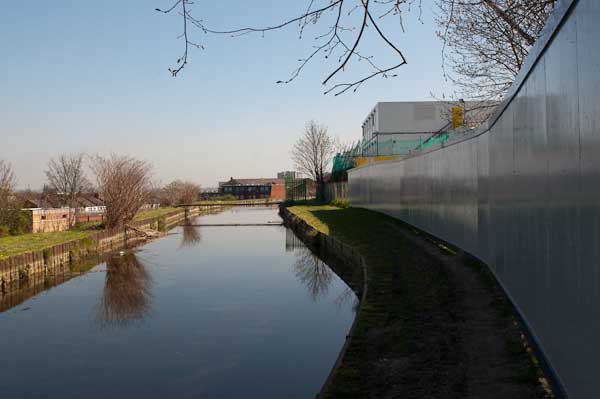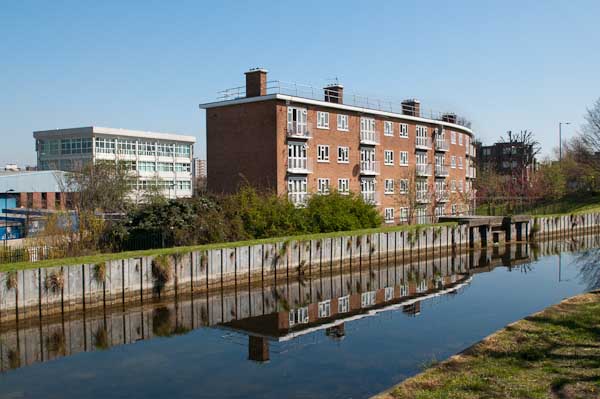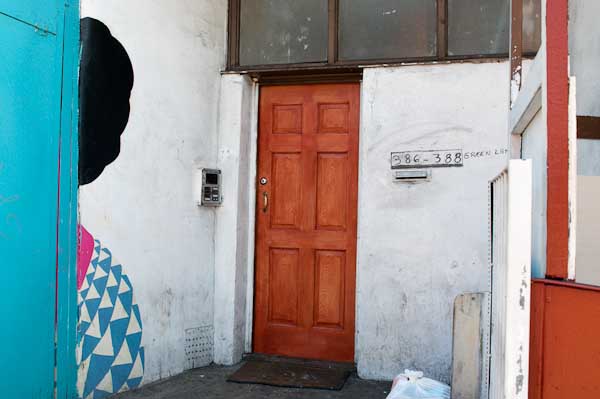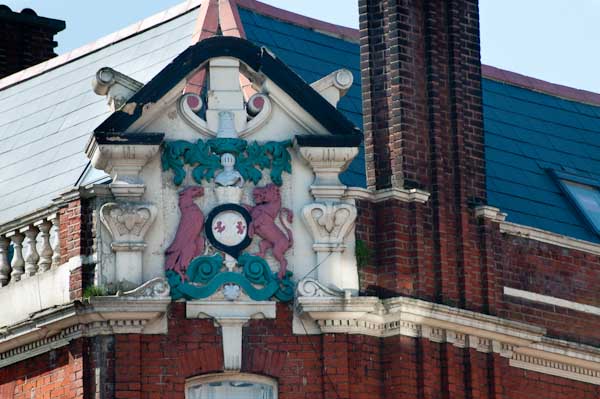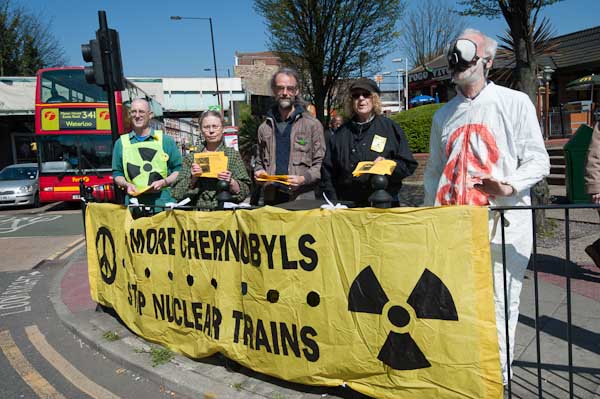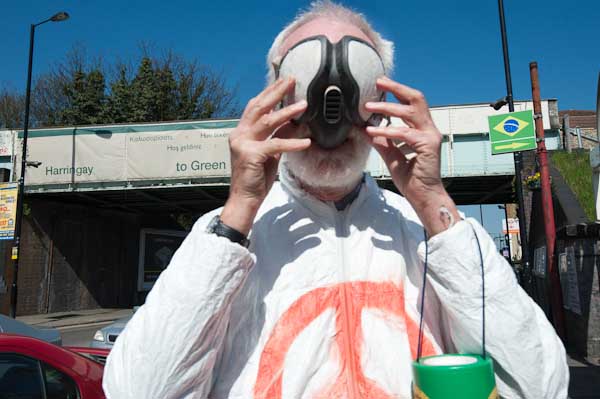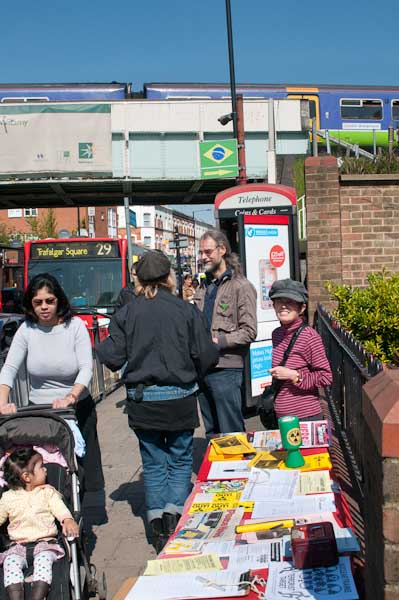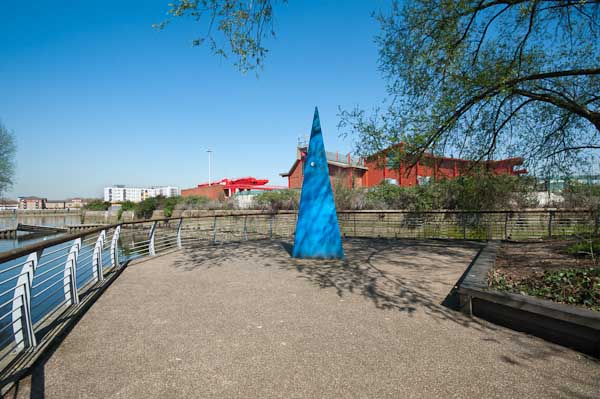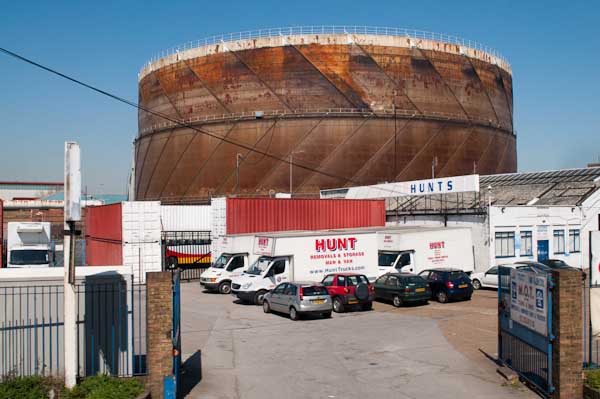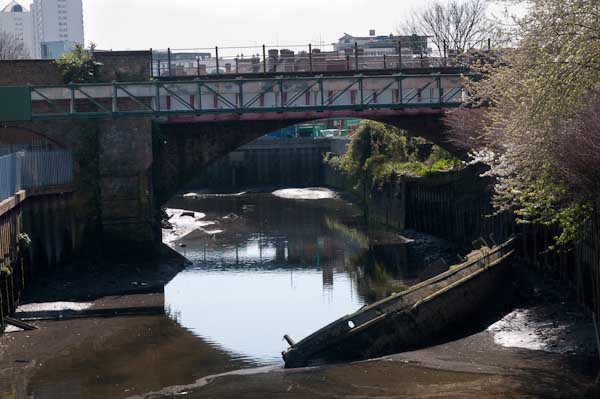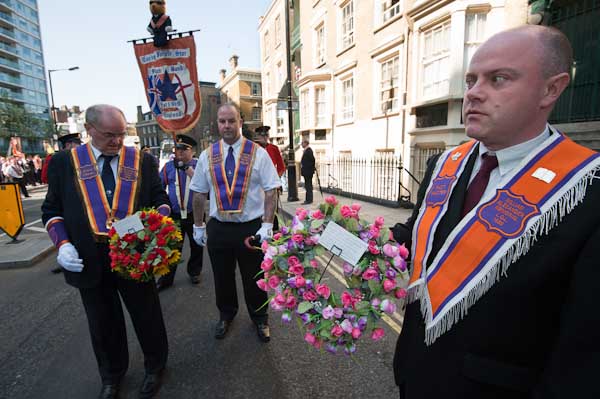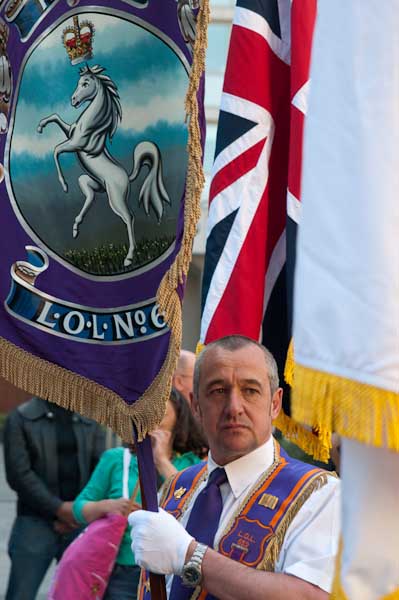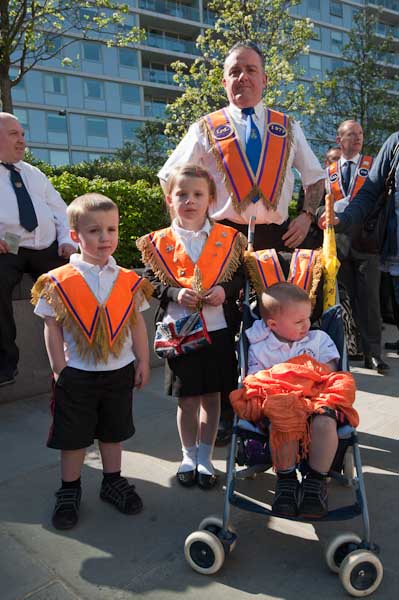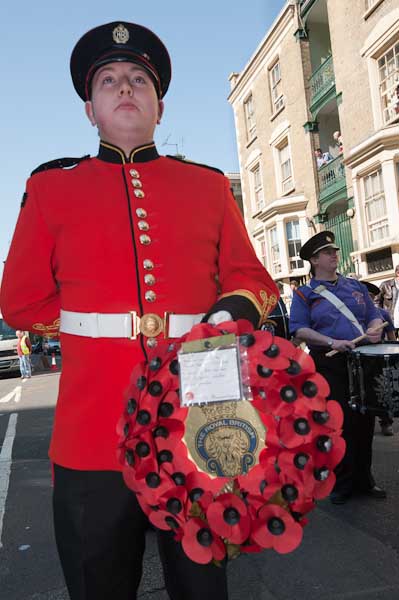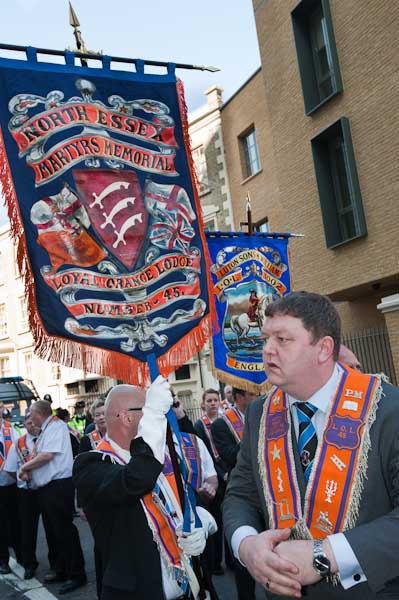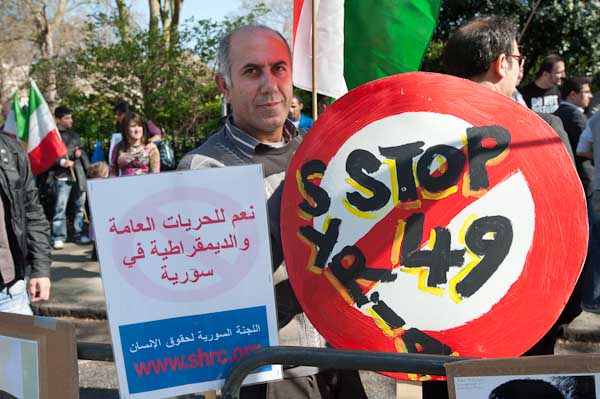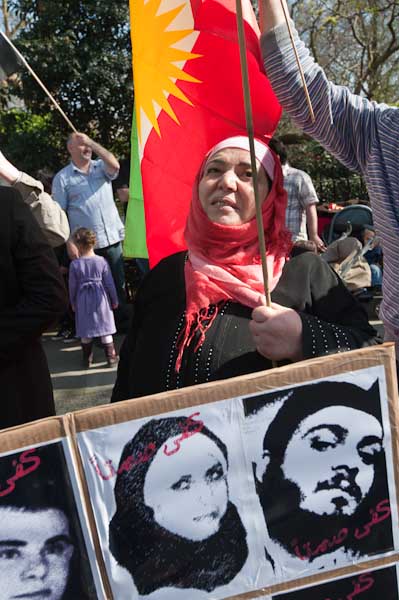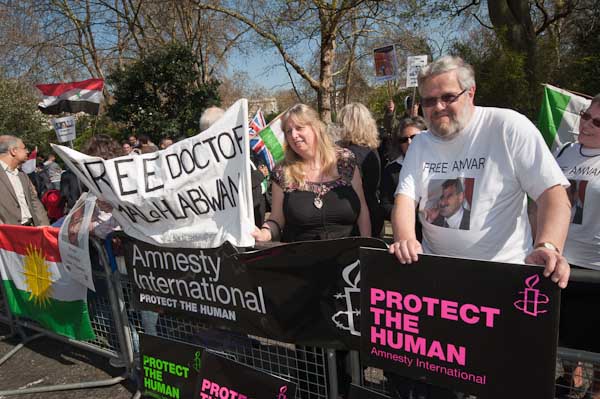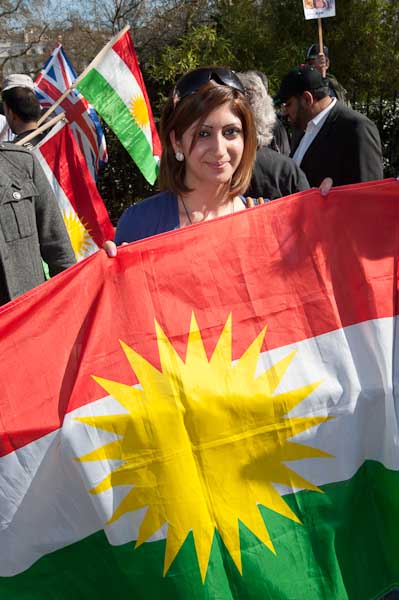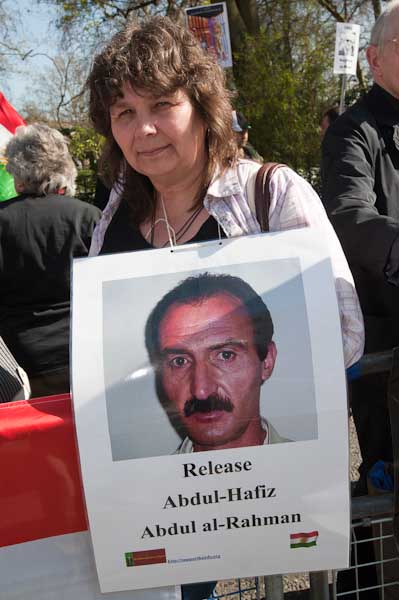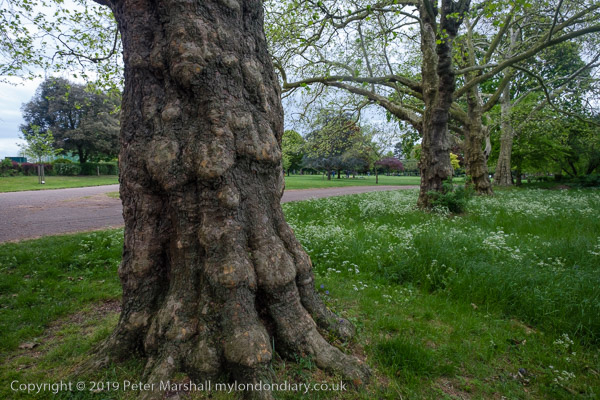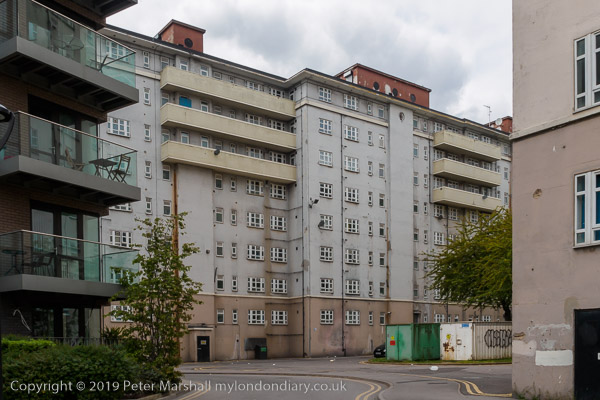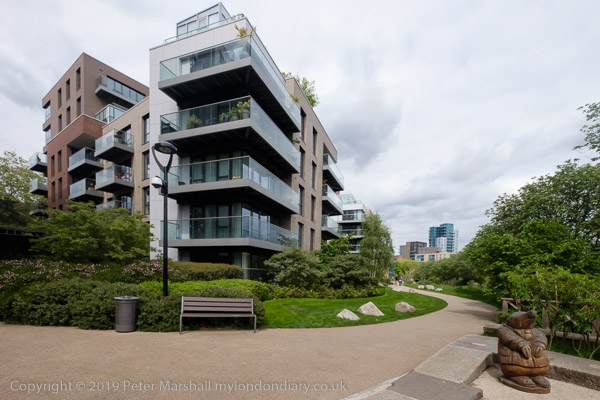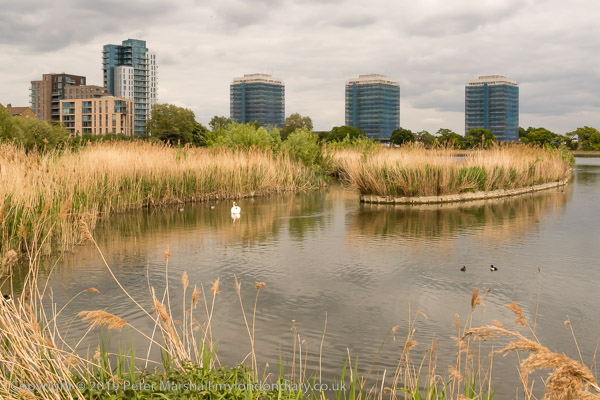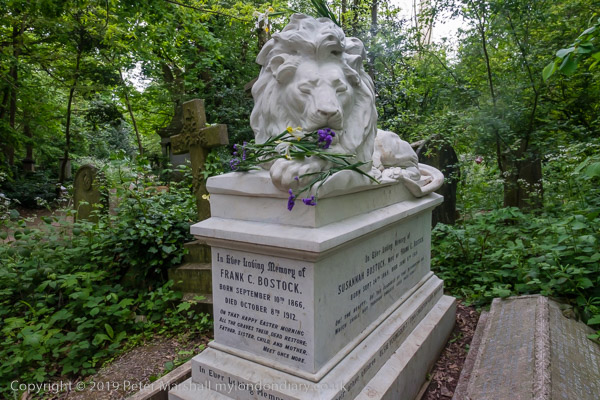Stroud Green to Grand Parade: Continuing my walk on Sunday 5th November 1989 from where the previous post left me on Stroud Green Road close to Finsbury Park Station.
The Girls Entrance to Stroud Green Primary is still there on the corner of Perth Road and Woodstock Road, but the BOYS was recently removed from above the gate at the other end of the school site in Ennis Road, where extensive building work was taking place – so perhaps it will return. The two entrances were over a 100 metres apart, an unusually safe distance. There is also a similar gate for INFANTS on Woodstock Road.
I think most of the school dates from 1897, although Google’s AI unhelpfully told me “Stroud Green Primary School was established in 1997” when I asked when it was built. The Grade II listing text for Woodcock Road School begins “Late C19 building of shallow U-shape with projecting gabled wings and slightly projecting 5 bay centrepiece under higher hipped roof crowned by cupola.” The area had fairly recently been developed with housing, some of which had to be demolished to build the school.
I turned left into Woodstock Road and then right into Oxford Road, heading for the Oxford Road Gate to Finsbury Park.
On the right just before the gate is Oxford House. In the 1960s this was the cinematographic film processor Kay Laboratories, later absorbed into MGM (possibly via Rank Xerox). For some years it was a studio and office space and housed a private college. For some years this 1930s Art Deco building was in a poor state but has recently been refurbished as offices and co-working space.
I walked through Finsbury Park on what is now part of Section 12 of the Capital Ring a circular walking route around London, first put forward as an idea the following year but only completed in 2005, but turning north onto the New River Path to exit onto Endymion Road where the houses on this picture are.
These south-facing houses on Endymion Road were lit by early afternoon winter sun. The road was the first constructed in the area after Finsbury Park was established and the development was begun by the Metropolitan Board of Works around 1875. The road goes around the northwest and north sides of the park, giving the houses attractive views over it. Development of the area to the north, West Harringay, began shortly after.
Endymion was in one of several Greek myths a handsome shepherd prince who moon goddess Selene fell in love with and persuaded Zeus to make immortal and to put in eternal sleep so she could visit him every night. John Keats wrote a famous extremely long poem in four sections, each around a thousand lines base on the myth and first published in 1818.
But the name more likely came to Harringay from HMS Endymion, “the fastest sailing-ship in the Royal Navy during the Age of Sail“, built in 1797 and in active service during the Napoleonic Wars and until the First Opium War around 1850 and only finally broken up in 1868.
I think this building was probably on Warham Road, just a few yards down from Green Lanes, but if so there is no trace of it now. I wonder what it was built for, but there are few clues in the picture – perhaps someone local to the area can tell us in the comments.
The Grand Parade on the east side of Green Lanes of shops with middle class flats above them was developed by J C Hill and completed in 1899, with its relatively consistent facades interrupted only by an earlier bank, built five years earlier.
I can’t think who the peculiar bedroom suite in the window of this shop might appeal to, but it seemed like something out a a peculiar nightmare to me, but I guess it was someones’ dream.
Also and rather more prosaically on Grand Parade on an empty shop front, fly-posting and the carefully stencilled graffiti:
TORY SCUM
OFF OUR BACKS
WE CAN’T PAY
WE WON’T PAY
NO POLL TAX
My walk continued, and I’ll post more soon.
Flickr – Facebook – My London Diary – Hull Photos – Lea Valley – Paris
London’s Industrial Heritage – London Photos
All photographs on this page are copyright © Peter Marshall.
Contact me to buy prints or licence to reproduce.













